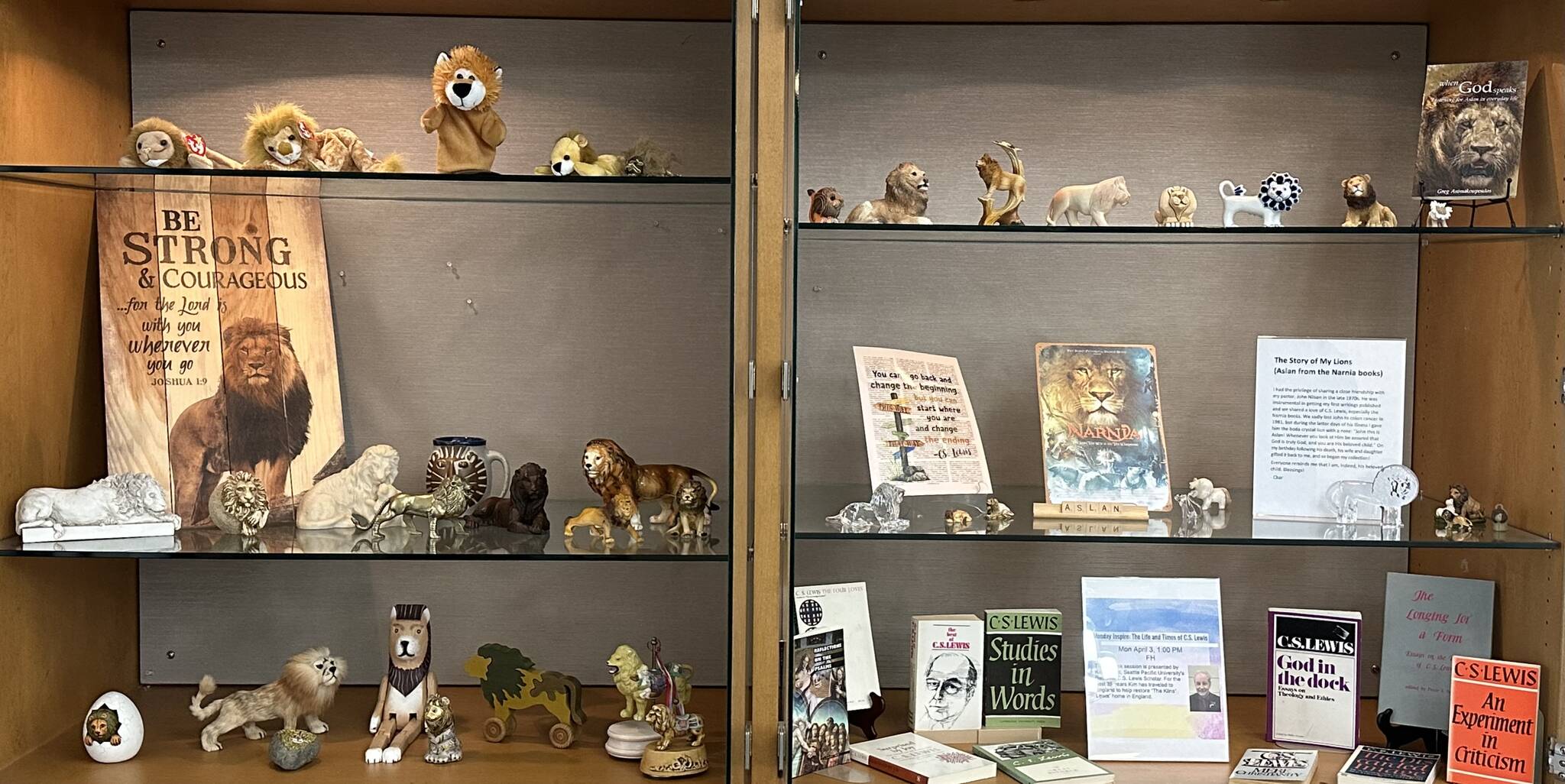Lions are not limited to making an appearance in just one section of the Bible. In the Old Testament as Abraham’s grandson Jacob is dying, he offers a blessing to his twelve sons. When he gets to Judah, he likens him to a courageous lion. And then there is the terrifying scenario where the prophet Daniel finds himself sentenced to the den of a ferocious lion. And, of course, there is the reference to the Messianic Kingdom when the wolf will lie down with the lamb and the lion and the calf will peacefully co-exist.
Fast-forward then to the New Testament and we see the Apostle Peter comparing Satan to a prowling lion who stealthily attempts to devour godly individuals. And in the Book of Revelation the lion is once again seen as a positive metaphor for the reigning Messiah.
There is something about lions that fascinate me. From the first time I saw one at Woodland Park Zoo as a kid to watching the iconic lion roaring at the start of an MGM film, I continue to be awed by the power and majesty the king of the beast embodies. And recently I find myself thinking a lot about lions. And the “mane” reason dates back some fifty years.
This month my college roommate, an expert on the life and work of C.S. Lewis, is sharing his knowledge for the benefit of the residents of the senior adult community where I work. For more than four decades Kim Gilnett has studied Lewis’ life and his extensive writings. Kim has even traveled to Oxford England to participate in the restoration of the famed author’s home. After recently watching Shadowlands, where Anthony Hopkins portrays Lewis, I’ve envied Kim’s unique opportunities.
In one of his first lectures Kim referenced the books that Lewis wrote primarily for children. The Chronicles of Narnia offers spiritual lessons through the creative use of fantasy and allegory. Aslan, the lion character in the chronicles, bears a strong resemblance to the personality and actions of Jesus Christ.
Aslan has long fascinated me as an approachable Christ-like image. One who, according to C.S. Lewis, is good but hardly safe. Perhaps that was in the back of my mind when I wrote a book about the presence of Aslan in our twenty-first century lives.
In When God Speaks: Listening for Aslan in Everyday Life, I make a case for the fact that the Creator continues to interact with His creation. Much like the fictional lion in Lewis’ chronicles, I see the Almighty as both frightening and kind. God is all-powerful and all-knowing all the while intent on being in relationship with fallible and flawed individuals. Thus, Christians, who have just celebrated Easter, understand the incarnation of the Creator in the person of Jesus. For Christ-followers, a belief in the first century rabbi’s resurrection includes finds us aware of his continuing (albeit unseen) presence. Like Aslan, he is uncage-able as well as being approachable.
I keep a miniature stone lion on my desk at work. My personal Aslan reminds me of a God that is both unlike me, but like me at the same time. And I recently discovered I’m not the only one helped by such tangible symbolism. A resident at The Shores has an extensive collection of Aslans. Char has graciously agreed to display during our month-long C.S. Lewis emphasis. For her, the lion image is a powerful picture of strength for times in our lives when we find ourselves acknowledging our weakness. This mane metaphor for the Almighty is something with which children of all ages can identify.
Guest columnist Greg Asimakoupoulos is chaplain at Covenant Living at the Shores in Mercer Island.



